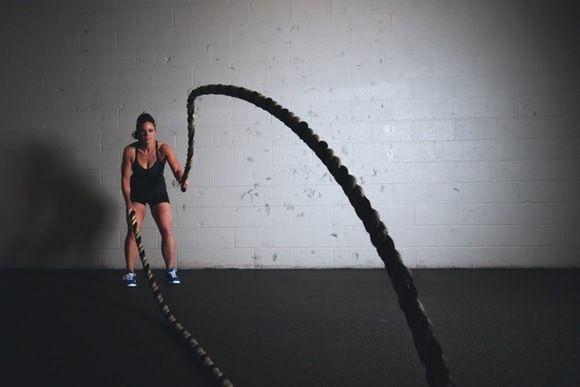
If someone asked you what holds you back the most when it comes to getting enough exercise, what would you say? If you’re like most Americans, you would probably list not having enough time as one of your top reasons. However, the scary truth remains: if you don’t make time for exercise now, sooner or later you’ll have to make time for illness and disease. Simply put, exercise is one of the most effective preventative tools for serious chronic diseases, including heart disease and obesity, which are the leading causes of death in the United States.
The Obesity Epidemic
Obesity has become such a serious problem in our country that costs associated with obesity now total more than $140 billion each year, according to the U.S. Centers for Disease Control and Prevention. On an individual level, those costs are seen as missed work for doctors appointments or sick days, insurance premiums, medical bills, medical equipment, and so on.
So what do you need to do to prevent obesity in your own life? You’ll be surprised and relieved to know it doesn’t take as much time or effort as you probably thought.
Short and Sweet
Growing evidence is showing that it doesn’t take long, strenuous gym sessions to reap the benefits of exercise. On the contrary, you don’t need to go to a gym at all, and even 5 minutes of physical activity can yield several health benefits. Here’s the breakdown:
The Department of Health and Human Services has set the recommendation for exercise for healthy adults at a minimum of 150 minutes per week of moderate aerobic activity, like walking, or 75 minutes of vigorous aerobic activity per week, like running. Broken down, that’s 30-minutes, 5 days per week. You can break that down even further into three-10-minute sessions each day, or even six 5-minute sessions. Five minutes, that’s all you need. It’s also recommended that you do strength training at least twice a week for all of your major muscle groups, with weight that allows you to lift 12-15 repetitions until failure.
What you’ll see
Even short bursts of exercise in 10 or even 5-minute increments can help lower blood pressure, aid in quitting smoking, burn fat, and lower triglycerides in the bloodstream. The natural boost of endorphins and energy associated with exercise will also improve your mood and help you sleep. As you make these short exercise sessions a habit, you’ll be more motivated to exercise for longer periods at a time, eventually building up to 30-minute sessions at a time.
How to Get Started
It doesn’t take any advanced knowledge or a fancy gym membership to start your exercise journey. Simply use your regular activities to introduce some more intense physical activity into your day. Some ideas are:
Walking into the grocery store. Park at the back and even do an extra lap around the perimeter of the parking lot before you go inside. Or shop for items on opposite sides of the store so your shopping takes more steps.
Sitting at your desk. There are several exercises you can do while sitting, including lifting small weights, doing glute contractions, piston breathing, arm circles, squats, even marching in place is a fantastic exercise to strengthen the hips.
Watching a tv show. Make commercial breaks exercise breaks, by doing as many jumping jacks or holding a wall sit for as long as the commercial break. Standing up and sitting down over and over is even a great, engaging exercise. Drop the remote and pick it up over and over again. See how many pushups or situps you can do during the break.
Doing the dishes. Lift up onto your toes and back down to work your calves, do donkey kicks or squat low as you load the dishwasher.
Waiting for the shower to heat up. Create a simple exercise routine to do while you wait for the shower to heat up. An example could by 10 jumping jacks, 10 pushups, 10 situps, 10 squats, and 10 lunges on each side.
The most important part of this concept is consistency. Keep going, day after day. Find new ways to move your body and stay motivated.It can be easy to dismiss a 5-minute session because it’s only 5 minutes, but if you make those 5 minutes count and work hard, you’ll feel the burn and the accomplishment. In the meantime, make sure that you do have adequate health insurance to cover any illnesses or injuries you may encounter.
